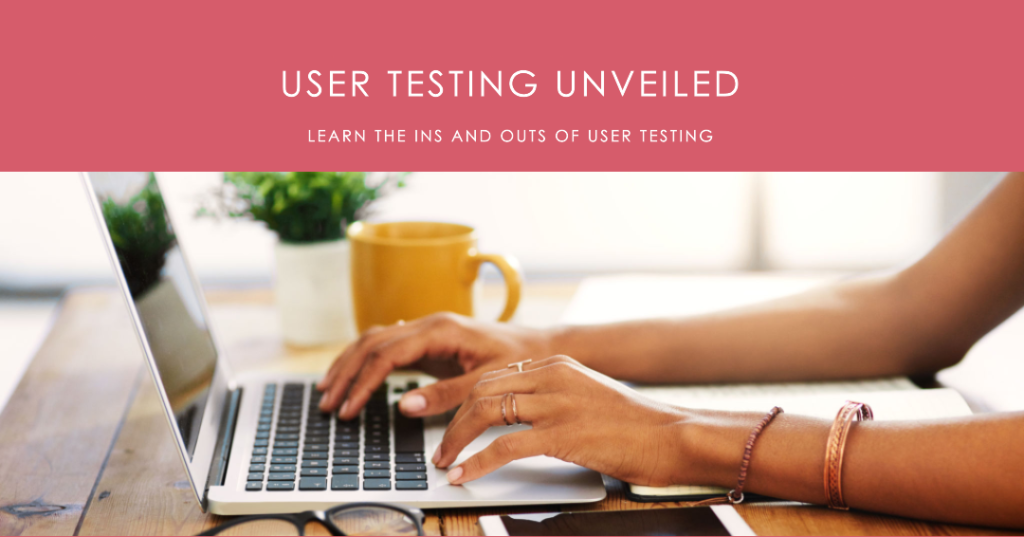In this blog post, we will delve into the importance of user testing in the design process and how it helps uncover valuable insights to refine your design solutions. User testing involves observing and gathering feedback from real users as they interact with your product or design. By conducting user testing, you can gain valuable insights into user behavior, preferences, and pain points, allowing you to make informed design decisions and create solutions that better meet user needs.
Understanding User Needs: User testing provides a valuable opportunity to understand the needs, goals, and expectations of your target users. By observing how users interact with your product or design, you can identify areas where they struggle, where they find value, and what features or functionalities are essential to them.

Identifying Usability Issues: User testing helps uncover usability issues within your design. By observing users in action, you can identify areas where they encounter difficulties, confusion, or frustration. This feedback allows you to make necessary improvements to enhance the overall usability and user experience.

Iterative Design: User testing supports an iterative design approach. By conducting multiple rounds of testing and incorporating user feedback at each stage, you can refine and iterate your design solutions. This iterative process ensures that your design evolves based on real user insights, leading to more user-friendly and effective solutions.

Testing Assumptions: User testing helps validate or challenge assumptions you may have made during the design process. It provides real-world feedback and allows you to test whether your design decisions align with user expectations. This ensures that your design solutions are grounded in actual user needs and behaviors.

Gathering Actionable Insights: Through user testing, you can gather actionable insights that guide your design decisions. These insights can include specific user preferences, pain points, or suggestions for improvement. By incorporating these insights, you can make informed design choices that address user needs and enhance the overall user experience.

Optimizing Conversion and Engagement: User testing can reveal opportunities to optimize conversion rates and increase user engagement. By observing user behavior and gathering feedback, you can identify barriers or obstacles that prevent users from completing desired actions. This insight helps you refine your design solutions to improve conversion rates and enhance user engagement.

Enhancing User Satisfaction: User testing allows you to prioritize user satisfaction. By actively involving users in the testing process, you demonstrate that their opinions and experiences matter. Addressing their feedback and improving your design based on their input enhances user satisfaction and increases the likelihood of long-term user loyalty.

Driving Continuous Improvement: User testing supports a culture of continuous improvement. By regularly conducting user testing, you can consistently gather feedback, measure the impact of design changes, and make ongoing refinements. This iterative approach ensures that your design solutions evolve alongside user needs and preferences.

Conclusion: User testing is a crucial step in the design process that helps uncover valuable insights to refine your design solutions. By understanding user needs, identifying usability issues, testing assumptions, gathering actionable insights, optimizing conversion and engagement, enhancing user satisfaction, and driving continuous improvement, you can create design solutions that better meet user needs and deliver exceptional user experiences.

